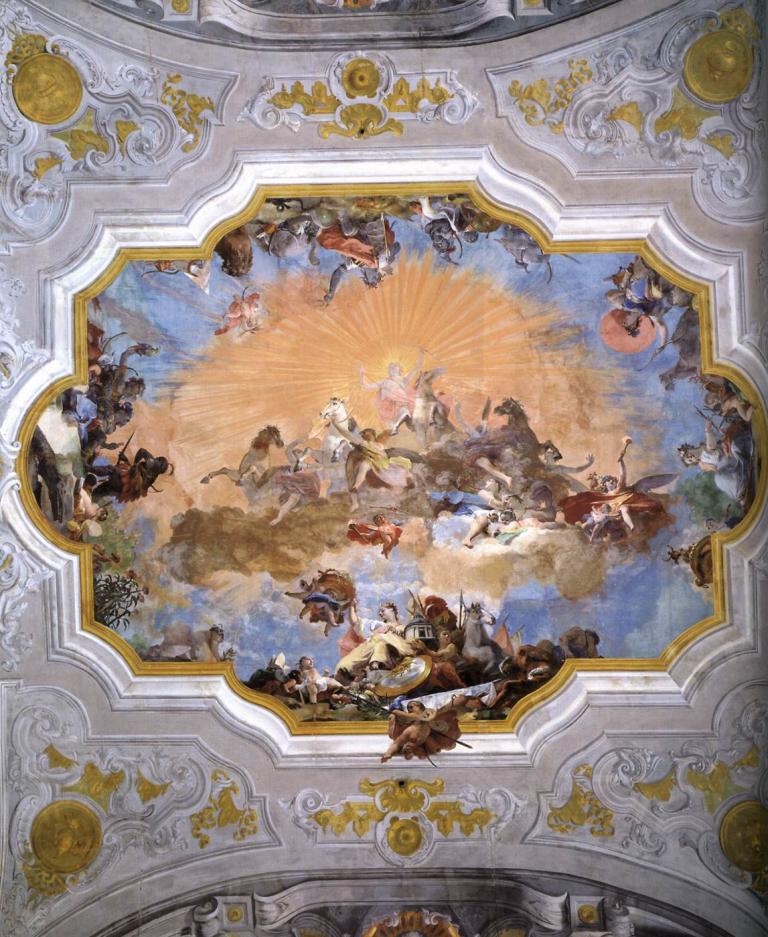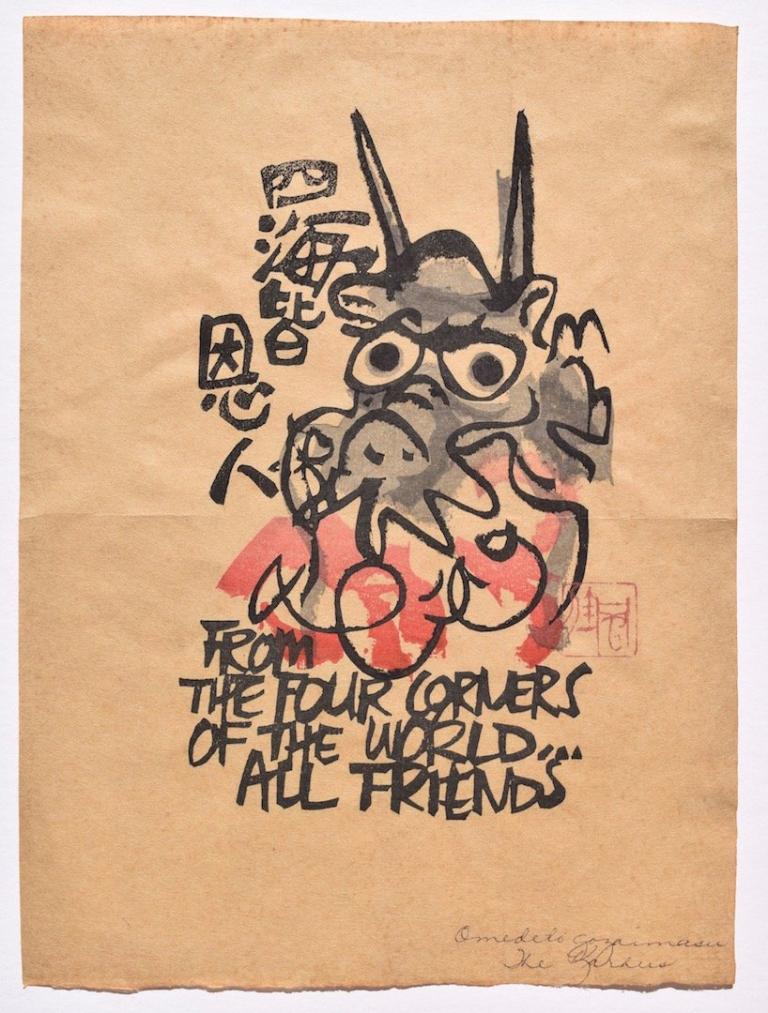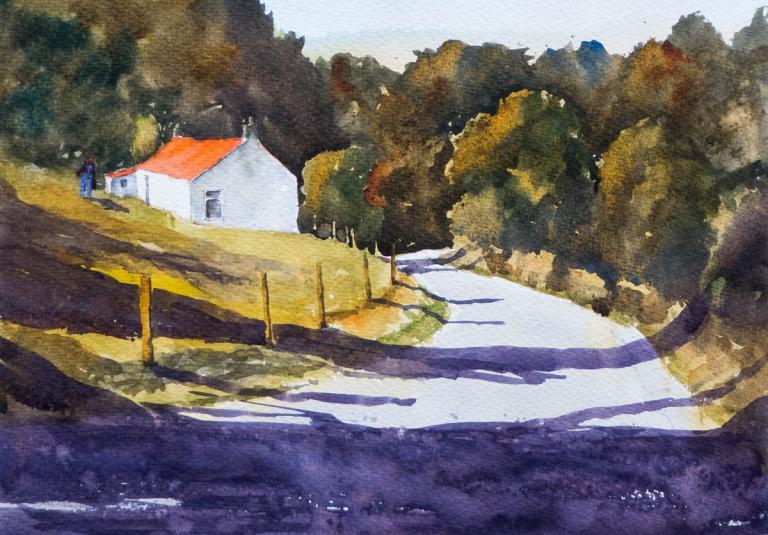Arts from All Corners of the World
2 min readBoth the Tang and the preceding Sui Dynasty(581-618) presented large-scale song and dance performances at court banquets and ceremonies. The Sui had a nine-section musical symphony, and the Tang added one more section for such occasions.

Besides Han music and Xinjiang regional music, both the nine-part and the ten-part musical works included elements from foreign cultures, including India, Burma and Cambodia. Love for music from other lands was prevalent not only among the imperial family and the nobility, but also among the common people.”Every household in Luoyang (secondary capital of the Tang) is eager to learn the music of diverse nationalities,”vividly describes the atmosphere of that time. Musical instruments popular during the period include the pipa and bili(bamboo pipe with a reed mouthpiece, from Persia), and konghou(plucked instrument with five to 25 strings, from India). The horizontal flute was originally called a qiang flute. Originally from India, it had been introduced into northwest and southwest China, inhabited by the Qiang people, gradually evolving into today’s form. Melody on Splendid Fairy Costumes is said to have been composed by Emperor Xuanzong (r.712-756) after he paid a visit to the moon. Actually, the emperor had adapted the piece from the Brahman Melody of the Western Regions. Therefore, it can be regarded as the fruit of the harmonizing of the music of the Han and other nationalities.

Accompanying such music was also the different dances of diverse nationalities.”Swirling Dances”(from an area in today’s Uzbekistan) and “Jumping Dances”(from near present-day Tashkent) were two of the most famous dance forms of the diverse peoples at the time.”Records of Rituals and Music,”in The New Chronicles of the Tang Dynasty(Xin Tangshu), had this to say about”Swirling Dances”:”The swirling dancer stands on a ball, swirling like the wind.”Many poets of the time also left behind works on”Swirling Dances.”
The imperial court often put on shows of minority music and dance. Emperor Xuanzong himself was an excellent player of the flute and Jie(a branch of the Huns) drum.
The court also attracted some outstanding artists, dancers, singers, and musicians from abroad. Such an open attitude toward international arts was responsible for the flourishing of all forms of the arts during the Tang Dynasty.









